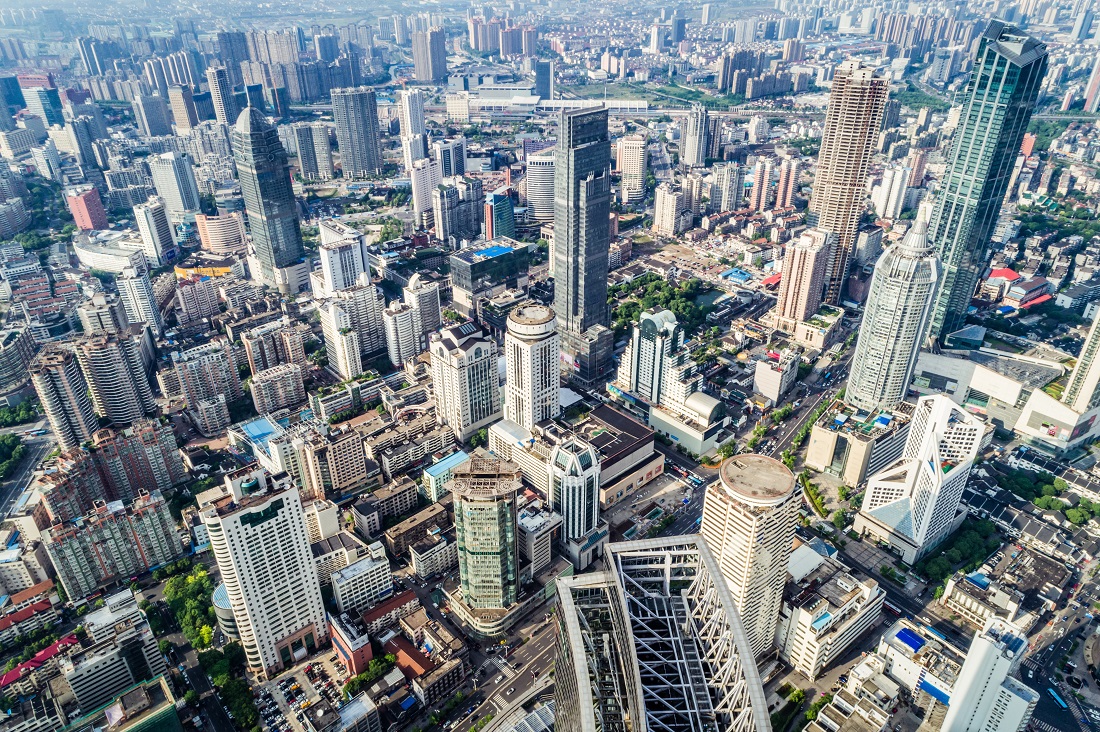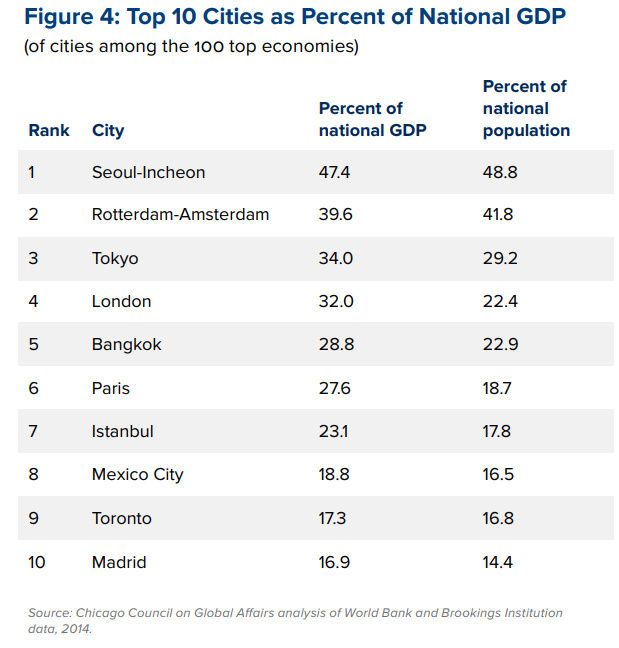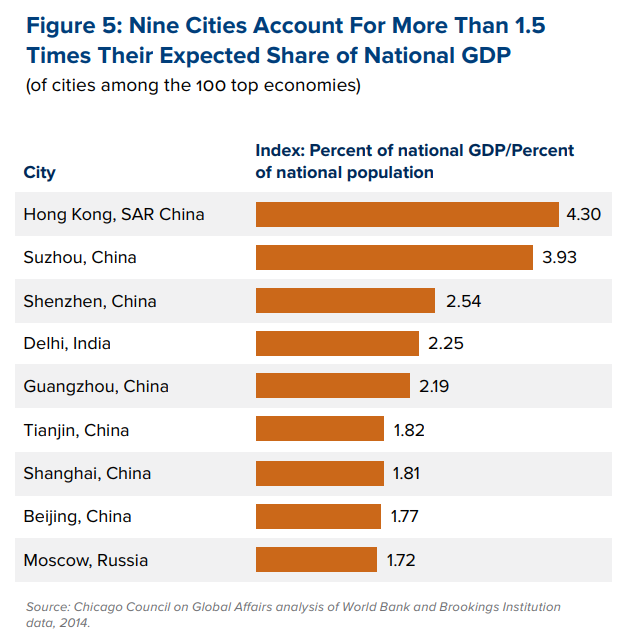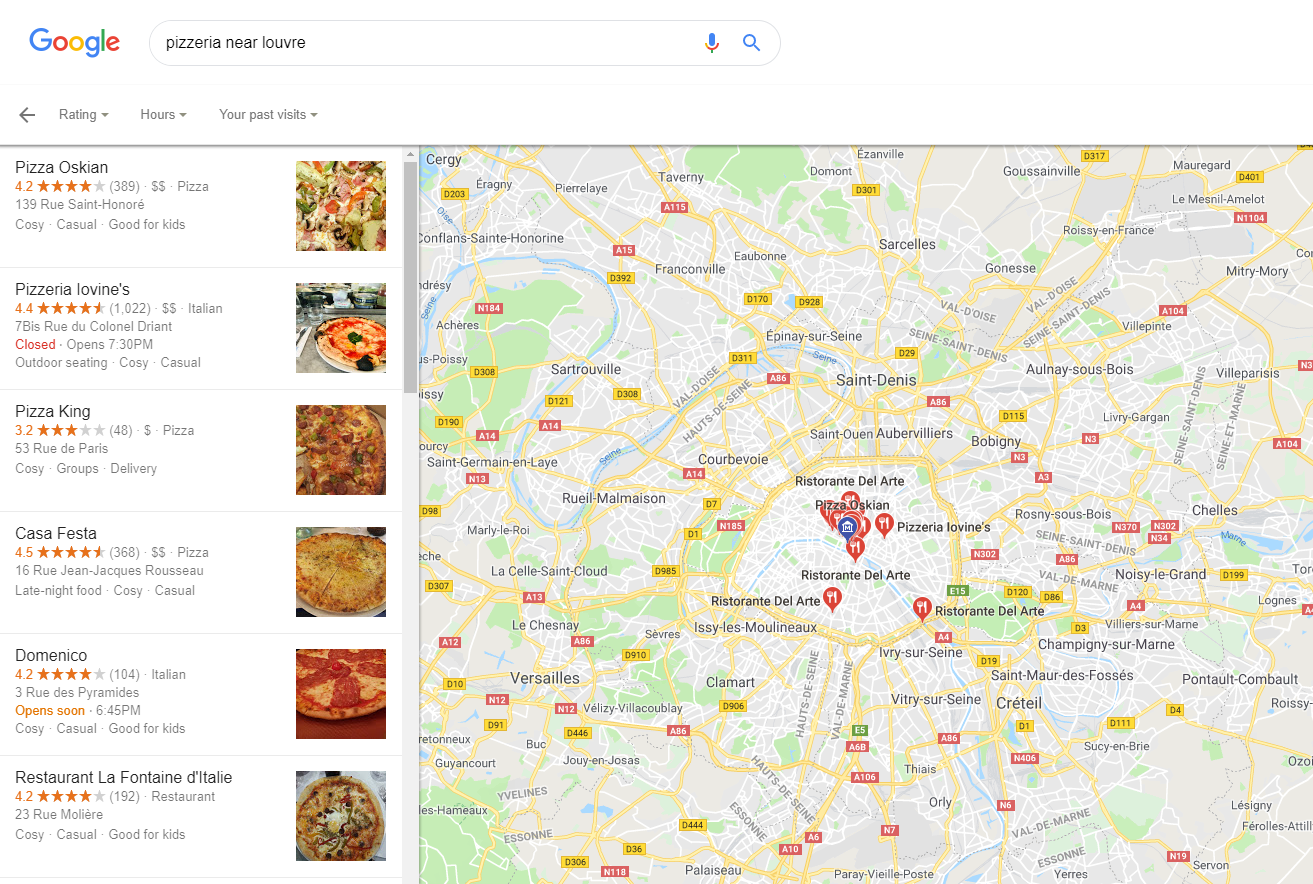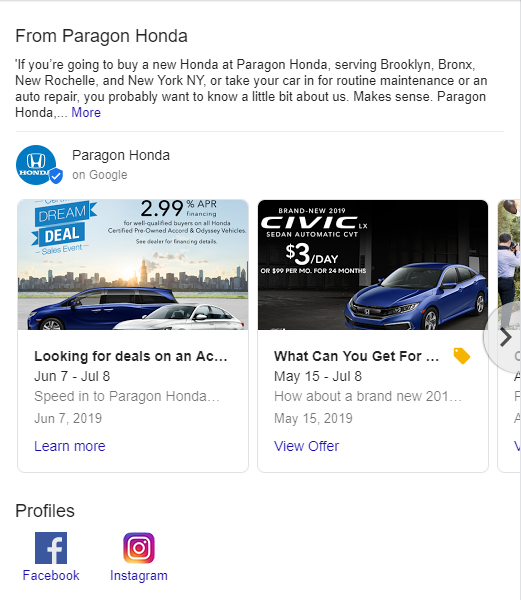Here’s What You Need to Know About Doing Local SEO in Megacities
25 June 2019 Leave a comment LOCAL SEO
Promoting business in a small city sounds like heaven for some marketers. You only have to apply the best local SEO practices, and you will probably get terrific results. But what about megacities with millions of residents? That’s where SEO efforts become a real challenge for most of the experts.
But wait! We have to use challenges for our potential growth, so we’re here today not to discuss problems but to solve them. Are you on board? Let’s see the big picture.
What Should We Call a Megacity?
Megacities are cities that have a population of over 10 million people. This phenomenon is considered to be popular in the 21st century because we expect the world population to reach 9.8 billion by 2050.
Back in 1990, there were 10 megacities in the world, and their total population was 153 million people. That is around 7% of the global population. Almost three decades later, in 2018, there were 33 megacities already.
Most of the densely-populated cities are located in Asia. Moreover, the Chinese government plans to unite five cities and create one gigacity by 2020 with the expected population of 500 million people.
The Top 10 World Megacities
| № | Megacity | Population in 2018, million | Population growth during 2000-2018, % | Est. population in 2030, million |
|---|---|---|---|---|
| 1 | Tokyo, Japan | 37.5 | 8.8 | 36.57 |
| 2 | Delhi, India | 28.5 | 81.7 | 38.94 |
| 3 | Shanghai, China | 25.6 | 79.6 | 32.87 |
| 4 | São Paulo, Brazil | 21.7 | 27.2 | 23.82 |
| 5 | Mexico City, Mexico | 21.6 | 16.9 | 24.11 |
| 6 | Cairo, Egypt | 20.1 | 47.3 | 25.52 |
| 7 | Mumbai, India | 20.0 | 23.7 | 24.57 |
| 8 | Beijing, China | 19.6 | 90.7 | 24.28 |
| 9 | Dhaka, Bangladesh | 19.6 | 90.4 | 28.08 |
| 10 | Osaka, Japan | 19.3 | 3.3 | 18.66 |
Megacities contain a considerable part of the country’s population, and some of them are even more developed than individual countries. For example, Tokyo’s GDP in 2014 was higher than Canada’s GDP. Or New York City’s GDP was higher than the GDP of Australia. Let’s look through some more sapid insights.
According to the Chicago Council on Global Affairs, urban areas of the top 100 economies have a larger GDP share than a population share in most cases. It means that high population density helps cities grow economically. Check this data:
As you can see, percent of national GDP is higher in most cases, including Tokyo and Mexico City, two of the top 10 world megacities.
Also, there are several cities where expected GDP share is much higher than the number of people. 7 of them are located in China.
This data makes developed metropolitan areas an attractive place to grow your business. And it’s not only international corporations – there is a higher chance to find loyal customers in a big crowd, especially when you launch a unique product.
Local SEO in a Megacity: 5 Tips to Help You Out
Would standard local SEO practices do any good when you work in a megacity? For sure. But here is something more you need to know to target a specific city district.
1. Use Location-Specific Keywords
If a pizzeria is located in Rye (East Sussex, UK) web users will probably search for a place with the “pizza in Rye” keyword. It’s easy because the city is not that big, and its population is around half a million people.
If you look for a place in Paris, that’s a whole different story. Paris is also in the list of megacities, and it’s in the 28th place now. It means that “pizzeria in Paris” isn’t the best keyword idea for your local SEO strategy. Try to be more specific.
These are search results for the “pizzeria near louvre” query. We narrowed down the search area, and now we’ve got a limited number of options. You can do the same for the district where your business is located.
To get more keyword ideas, use RankActive’s Keyword Finder. With this feature, you’ll conduct even the most complex keyword research. In this case, you should first use Keywords suggestions, which provide keyword ideas from Google autocomplete, and also Similar keywords – these are long-tail keywords for a quick voice search.
You can use any specific area names to narrow down the search even more. Consider where exactly your customers can come from and become an easy-to-find place for the target audience.
2. Optimize Your Google My Business Account
Creating a Google My Business account is one of the first steps in the local SEO strategy. To stand out in a local area, you should add as much information as possible. Continue Google My Business optimization with these steps:
- Adding images. You’ve probably already added your logo, but what about the storefront? If you take photos both inside and outside the store/office, there is a chance that potential visitors would recognize your place because they walk by it every day on their way to work.
- Adding high-quality photos. “It looks so good I want to eat it right now!” – that’s how people react to high-quality food photos. And it concerns not only cafes and restaurants – according to Google, but any other companies with photos get 42% more driving directions.
- Adding attributes. Attributes contain additional information about your place. Want to stand out among competitors in a densely-populated area? Provide visitors with all the data they need. Attributes include offerings, highlights, atmosphere, crowd, etc.
3. Conduct a Local Citations Audit
Business citations are in the 5th place among the top ranking factors of the local SEO. You probably already have a list of websites where you put the business NAP (name, address, phone number) data, but is it consistent on every platform?
Check this information once again and make sure your business address is complete, understandable, and available for users. Your address is crucial as you’re focused on a specific area of a huge city.
Now when all platforms are checked, build more citations on the web. For example, there is a ready-made list of the US citation sources. There are 50 platforms, and many of them are international, so you can use them even if your business is not US-based.
4. Provide Relevant Content
Relevant and useful content dictates the rules for any website, be it an international or a local business platform. What you should remember is that you can’t always pick general subjects and expect your target audience to read your blog posts. Remember that your focus is a specific territory.
Two main factors will help you write more relevant content:
- The customer’s persona. You opened your business with particular people in mind. They come to your place to solve a certain problem or simply have a great time, so you know better what exactly the visitors would like to read online.
- The everyday life of the local area. You already know that your keywords should contain a well-defined name of the area, but that’s not all. To write helpful posts, you have to know more about local events, daily news, or problems of the local audience.
With customers and local peculiarities in mind, it’s easier to become a unique source of information on the web.
Blog posts and social media are the best places to start your first content marketing campaign. But what many business owners neglect is Google Posts. Nonetheless, local businesses can benefit a lot from it.
The thing is, the knowledge panel appears in search before users open your website or Facebook account. To start posting in Google, you have to pass a short verification process, and you’ll become even closer to online searchers.
5. Earn More Backlinks
Now we’re crossing the border of your business accounts and web platform by adding good-quality backlinks. As always, there are some peculiarities you should know about.
Guest blogging. Not surprisingly, this is still a great way to earn a backlink. Remember that you do it for the sake of quality and then for a link. Google becomes more and more attentive about the high-quality content, so put all your efforts to create a wonderful reading.
For companies in megacities, it would be great to collaborate with a store nearby if your business goals correlate. For example, it can be a restaurant and a kitchen utensils store, or a bookshop and a coffee shop.
Skyscraping technique. You’re killing two birds with this tactic: create great content and earn backlinks. The method includes:
- Finding relevant content with lots of backlinks. It means you should research the most authoritative sources with backlinks which mention the district or even a city your business is located in (articles for the nation-wide audience won’t do any good for your strategy).
- Creating something better. Now you should start “scraping the sky”: write a blog post which will be longer, contain the latest trends and attractive visuals.
- Reaching out to the people interested in this content. Who would probably be interested in the article you’ve posted? In the local SEO, this is a limited list of websites, so you should try to contact them via email. Mention why exactly your blog post is better and attach a link to it. This letter is as important as an article itself because it gives you a chance to earn a link.
The skyscraping technique can be tricky because it’s challenging to earn many backlinks at once (not everyone read email letters carefully). But only several backlinks leading to a local business can change things a lot.
Plus, consistency is your top priority in backlink building. It is better to add backlinks one by one once a day than adding a dozen of links at a time.
Winning Your Place in a Mega Competition
Cities are becoming an engine for economic growth. One megacity with millions of residents has a higher GDP index than some countries. Who wouldn’t want to have a bite of this enormous pie?
But let’s be realistic – it’s impossible to win the whole megacity with one local store. Instead, you should focus on the limited area and get the most out of it.
Every step you take should be with a specific district in mind. For example, if you conduct keyword research, be very specific with the area description. Or if you write a blog post, make it useful for the people who live near your store. Using local SEO best practices will eventually help you find a place in the sun and attract loyal customers.
Tags: content management, Google My Business, Keyword Finder, Keyword Research, local seo
Like this article? There’s more where that came from.
- 5 Questions to Ask Yourself Before Paying for Rank Tracking Software
- 5 Serious Mistakes Beginner SEOs Make and How to Fix Them
- Why We Use Google’s New Link Attributes and You Should Too
- Title and Description in 2021: Why Google Rewrites SEOs’ Meta Tags
- What We Should Learn From Google’s “About This Result” Feature

